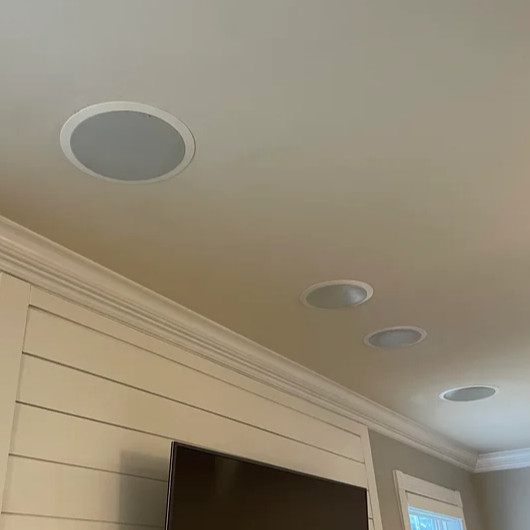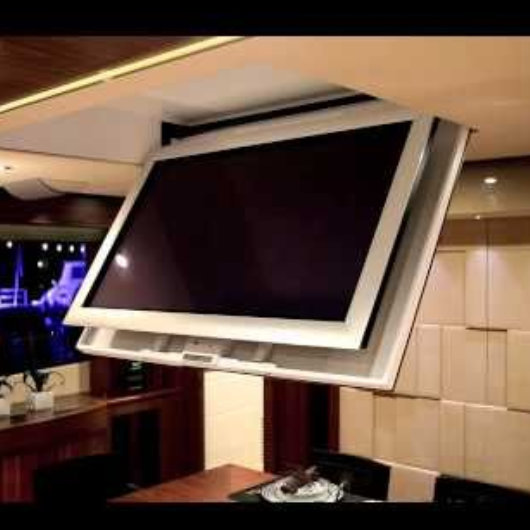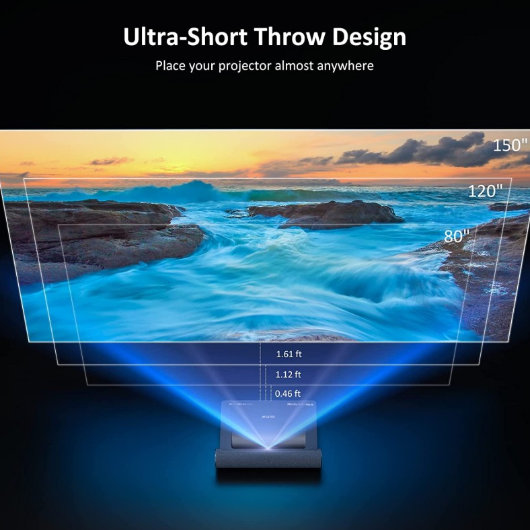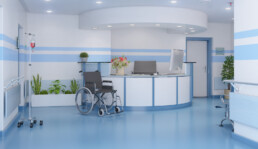Tech-Powered Healthcare Design: The Key to Efficiency, Flexibility & Better Patient Flow
Healthcare facilities are under pressure to do more with less. Rising patient volumes, diverse treatment needs, and limited real estate make space a constant challenge for hospitals, clinics, and wellness centres.
Whether it’s a dermatology clinic juggling consultations, laser treatments, and IV therapy or a hospital struggling with overcrowded waiting rooms and underutilised conference spaces, the problem is the same:
How do you maximise every square foot while ensuring seamless patient care?
Traditional design approaches don’t always work in today’s fast-paced, tech-driven healthcare environment. Expanding isn’t always an option—real estate costs are rising, and facility downtime for renovations can disrupt operations.
Instead, the smartest hospitals and clinics are turning to healthcare architects and designers to create tech-powered, multipurpose spaces that adapt in real-time.
“Sometimes instead of building bigger – we need to design smarter. With the right technology and adaptable spaces, we can create clinics and hospitals that evolve with patient needs.”
— Kshititi Nagarkar, Healthcare Architect
Here’s how modern design and technology are shaping the next generation of hospitals, medspas, and speciality clinics.
Smart Treatment Rooms That Adapt to Multiple Services
A single room in a medspa or dermatology clinic may need to transition from aesthetic consultations to laser treatments to IV therapy or relaxation sessions—all without requiring separate spaces.
Motorised Adjustable Treatment Beds: Convert from flat consultation beds to inclined facial chairs to IV therapy recliners with preset touch controls.
Retractable Privacy Partitions: Use motorised frosted glass walls that switch from transparent to opaque for private consultations.
Adaptive Acoustics & Smart Partitions: Rooms with soundproofing tech and switchable privacy glass can instantly convert from open collaboration spaces to private consultation areas.
Soundscaping Technology: Concealed ceiling speakers adjust audio frequencies to create a calming or energising ambience based on the session. They also provide uniform sound in conference rooms, telemedicine hubs, or waiting areas without visible clutter.
Auditory stimuli, such as white or pink noise, have been found to improve sleep outcomes. A systematic review indicated that 81.9% of studies on pink noise reported positive effects on recovery.
Where It Works: Medspas that offer facials, laser therapy, and injectables in the same room.

Optimising flexible spaces also helps with smooth patient flow. Read our guide on Navigational Design in Hospitals to learn how technology and architecture work together to enhance efficiency.
Smart Mirrors for Dermatology Clinics & Medspas
Many skin clinics, aesthetic centres, and wellness spaces need visual tools for patient education, pre-procedure imaging, and marketing digital content—but standard screens take up too much space.
The solution is Smart Mirrors with Embedded Screens: These act as regular mirrors but transform into touchscreens for AI skin analysis, treatment simulations, and patient education.

Smart Lighting: Circadian & Adaptive Controls
Lighting impacts patient comfort, staff productivity, and procedural accuracy. Smart lighting systems automatically adjust based on time of day, medical needs, or room function.
Circadian Lighting: Mimics natural daylight to support better sleep, healing, and cognitive function in patient rooms and waiting areas.
Automated Scene Control: Different lighting presets for surgical precision, relaxation, or consultation settings.
Voice & Motion Activation: Lights turn on, dim, or switch modes based on staff movement or voice commands.
Where It Works:
- Operating Rooms & Exam Suites: Helps reduce eye strain for surgeons and specialists.
- Med Spas & Wellness Centers: Soft, warm lighting for relaxation during treatments.
- Pediatric & Geriatric Clinics: Adjusts to reduce anxiety and improve patient comfort.
Smart (and Hidden) Display Systems
Traditional fixed screens and bulky projectors waste space in multipurpose rooms. Instead, concealed, retractable, multi-view displays create seamless, flexible patient, doctor, and staff environments.
- Pop-Up & Ceiling-Hinge TVs: Mounted on motorised hinges, these displays retract into ceilings, cabinets, or furniture when not in use, allowing conference rooms, waiting areas, or consult spaces to transform instantly.
- Ultra-Short-Throw Projectors: These can beam high-resolution visuals onto walls or pull-down screens without requiring large installation spaces, making them perfect for compact rooms that serve multiple purposes.
- Motorised Drawer Projectors: Instead of permanent ceiling mounts, projectors can be hidden in retractable drawers under tables or inside automated ceiling compartments.
Where It Works:
- CME & Training Rooms: Converts from a boardroom to a teaching space in seconds.
- Waiting Areas: Displays real-time patient updates, health information, or calming visuals on demand.
- Telemedicine Hubs: Screens pop up only when needed, ensuring a clean, uncluttered workspace when not in use.


Technology-driven, multipurpose spaces are the future of healthcare design. Discover how facilities can stay ahead with long-term adaptable solutions in Building for Tomorrow: The Imperative of Adaptable Healthcare Design.
How Smart Healthcare Design Solves the Small-Space Challenge
Hospitals and clinics don’t need more space—they need smarter space. Technology and flexible design can help healthcare leaders:
✅ Optimize clinic layouts without unnecessary expansion.
✅ Reduce patient congestion through AI-powered scheduling and real-time monitoring.
✅ Minimize overhead costs by using the same spaces for multiple purposes.
✅ Enhance the patient experience by reducing wait times and improving flow.
✅ Make future-ready investments in scalable, adaptive spaces.
The future of healthcare design isn’t just bigger—it’s smarter. Whether you’re running a large hospital, a speciality clinic, or a med spa, integrating AI, IoT, and multipurpose design maximizes efficiency and improves patient care—without increasing your footprint.
Is Your Healthcare Facility Future-Ready?
If you’re designing a new hospital, expanding a clinic, or rethinking space utilisation, investing in smart technology and flexible space planning can transform the way your facility operates.
Ready to explore modern healthcare design solutions? Let’s discuss how you can optimise your space for the future.
Related Posts
Optimising Operations and Safety
Rethinking Hospital Staff Areas
Hospital staff is the backbone of healthcare, and their well-being is essential for exceptional…
Optimising Operations and Safety
Fireproofing in Healthcare Design
Designing healthcare facilities isn't just about aesthetics—it's about ensuring the safety and…
Optimising Operations and Safety
The Role of Acoustics in Healthcare Facility Design
Sound matters in healthcare design. From optimizing acoustics to ensuring patient tranquillity, the…
Optimising Operations and Safety
Overcoming Unexpected Challenges in Hospital Design
The intricate world of hospital design is filled with unique challenges. From ensuring impeccable…
Optimising Operations and Safety
Navigational Design in Hospitals
Navigating a healthcare centre can be an overwhelming experience for patients and visitors alike.…
Optimising Operations and Safety
5 Patient-Friendly Designs for your Healthcare Facility
Healthcare organizations are shifting toward patient-centric design that gain not just patient…
Optimising Operations and Safety
5 Design Tips to Keep your Healthcare Facility Safe and Sterile
Stringent infection prevention and control measures in hospitals are rapidly becoming the norm in a…
Optimising Operations and Safety
Isolation Rooms – The Need of the Hour
Novel Coronavirus outbreak has left healthcare practitioners as well as the common man, concerned…
Optimising Operations and Safety
COVID-19 : Business Continuity Plan
Due to the outbreak of the unprecedented pandemic we at ShreeDesigns are conscious of the…
Optimising Operations and Safety
Social Distancing
Social distancing, a concept that has been around for ages, is one of the most vital measures…









